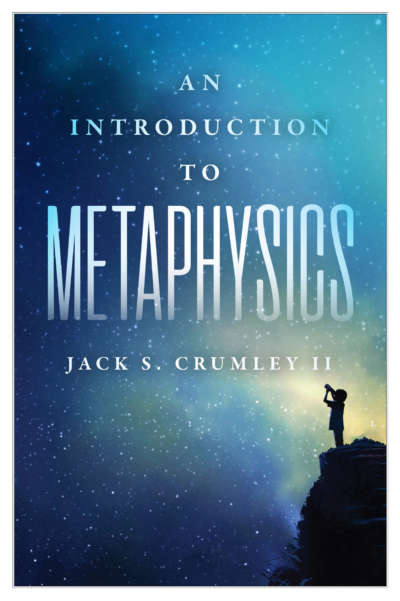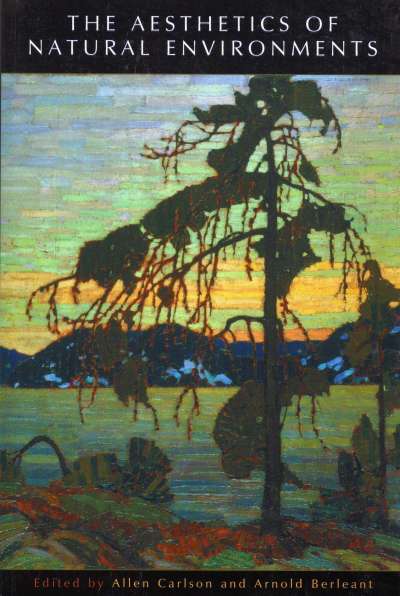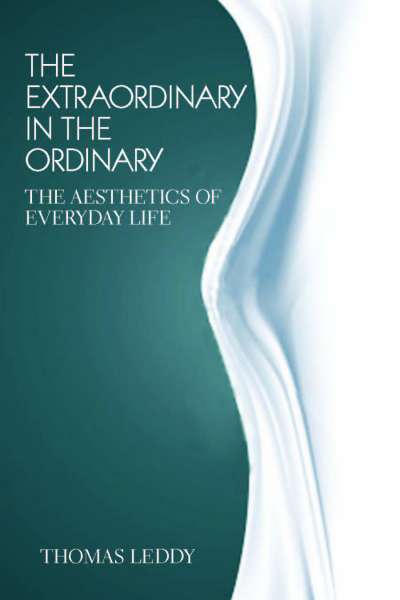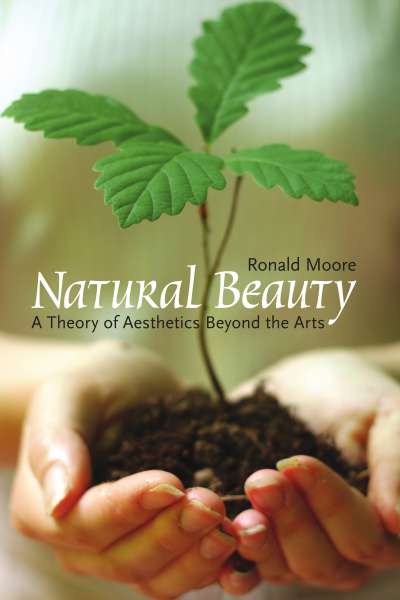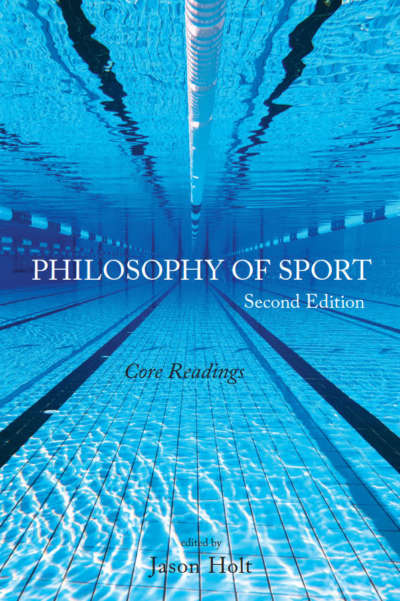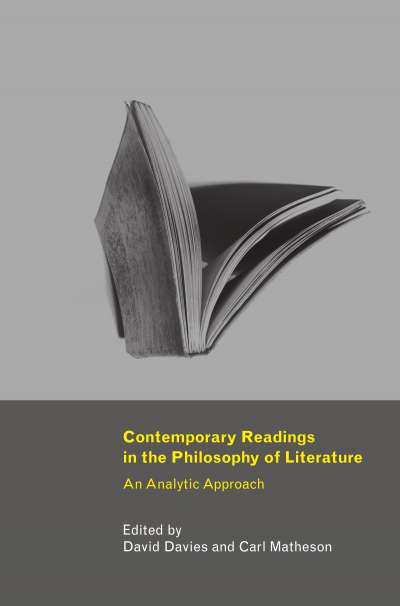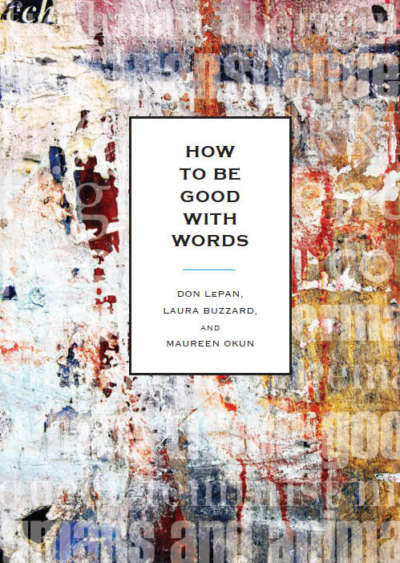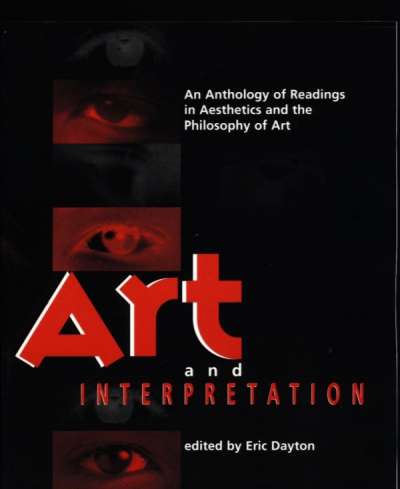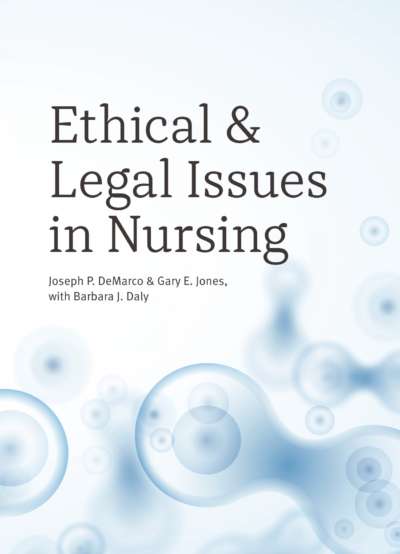Plain Aesthetics is an introduction to philosophical aesthetics and the philosophy of art written for all audiences. While students studying philosophy will find it informative, it is specifically constructed to be accessible to anyone, even those with no background in philosophy. It contains no jargon or technical language, except where such terms are defined at their point of use. Philosophers and theorists are discussed only where appropriate, and their views explained in context. Plain Aesthetics is written as a conversation between the author and the reader, and employs a great many examples of fascinating and influential artworks. Images and other works are presented to the reader both within the text and through an innovative interactive system. This book makes aesthetics accessible to everyone.
Comments
“Plain Aesthetics sparkles. It’s lavishly illustrated, written in simple and good-natured prose, and constructed to gradually deepen students’ thinking. It meets them where they’re at, focusing as much on everyday aesthetics as on the fine arts, attending to aesthetic and artistic culture from around the globe, and touching upon the ethical and social issues that confront our aesthetic and artistic endeavors. It’s got what it takes to springboard lively and informed class discussions.” — Dominic McIver Lopes, University of British Columbia
“David Fenner’s engaging Plain Aesthetics makes the problems, perspectives, and major theories in aesthetics and philosophy of art clear for students, general readers, and professional philosophers alike. Its online presence keeps it affordable, while permitting a profusion of color illustrations so desirable in an aesthetics textbook.” — Mara Miller, author of The Philosopher’s Garden and The Garden as an Art
“With Plain Aesthetics, Fenner has accomplished a delicate balancing act. On the one hand, the philosophical arguments and positions he is articulating are highlighted and retained in all their subtlety and complexity. On the other hand, his extensive references to works of art, his plain language, and his vivid examples bring aesthetic theory to life in a way that is rare in an aesthetics textbook.” — Jeremy Proulx, Eastern Michigan University
“Fenner’s plain-spoken text makes the worlds of high art and aesthetic theory accessible to all kinds of audiences and canvases several of the major currents in aesthetics. Each chapter is richly illustrated with artworks old and new, including auditory and performance art, and is usefully supplemented by an annotated bibliography alongside suggested discussion questions. Plain Aesthetics is an excellent resource for introductory courses in aesthetics and art theory.” — Michel-Antoine Xhignesse, Capilano University
Online Content
Prologue
Chapter One: What is Aesthetics?
- Why Aesthetics?
- What Is “Aesthetics”?
- Is Aesthetics about Answering a “Why” Question?
- Is Aesthetics Philosophy?
- Is Aesthetics about How the World Is Represented to Us?
- Is Aesthetics about How We Associate One Thing with Another?
- Do All Aesthetic Experiences Have an Emotional Dimension?
- If Aesthetics Is about How We Directly and Immediately Sense the World, Does Context Matter?
- Is “Aesthetic” a Noun or an Adjective?
- Suggested Readings and Discussion Suggestions
Chapter Two: What Is an Aesthetic Property?
- What Are Some Examples of Aesthetic Properties?
- Is There a Difference between Beauty and Aesthetic Goodness?
- Are Aesthetic Properties Matters of Fact or Matters of Value?
- Are Aesthetic Properties Literal or Metaphorical? Are They Real or Not Real?
- Are Aesthetic Properties Properties of Objects or of Experiences?
- Do Aesthetic Properties Go Beyond Merely the Perceptual?
- How Are Aesthetic Properties Relative to Time, Place, and Culture?
- Is the Function of an Object an Aesthetic Property?
- Suggested Readings and Discussion Suggestions
Chapter Three: What Is an Aesthetic Object?
- Are Aesthetic Objects Always Aesthetic Objects?
- What Is the Difference between an Aesthetic Object and an Art Object?
- What Makes an Object (or Event) a Work of Art?
- Is Art Imitation?
- Is Art Expression?
- Are All Works of Art Aesthetically Appreciable?
- Is It Possible to Define Art at All?
- Can We Define Art in Historical or Social Scientific Terms?
- Why Define Art?
- What Are the Different Artforms?
- Should We Collect Art?
- Suggested Readings and Discussion Suggestions
Chapter Four: What Is an Aesthetic Experience?
- What Makes an Experience Aesthetic?
- What Features Typify Aesthetic Experiences?
- Can an Experience Be Partly Aesthetic?
- What Is the Role of the Experiencer in Having an Aesthetic Experience?
- What Features of Aesthetic Experiences Are Unique to Individuals?
- Are All Aesthetic Experiences Positive?
- Are All Aesthetic Experiences Moral?
- Suggested Readings and Discussion Suggestions
Chapter Five: What Roles Do Perspective and Culture Play?
- What Is Feminist Aesthetics?
- What Is the Role of Culture?
- What Is the Origin of the Museum?
- Has the West Become More Secular about Art?
- What Role Does Resource Availability Play in Art?
- What Are Some Signature Elements of Ancient Egyptian Aesthetics?
- What Are Some Signature Elements of Japanese Aesthetics?
- What Are Some Signature Elements of Islamic Aesthetics?
- Conclusion
- Suggested Readings and Discussion Suggestions
Chapter Six: What Makes One Aesthetic Object or Experience Better Than An-other?
- In Aesthetic Evaluation, Are We Focused on Objects or on Experiences?
- Can One Judgment Be Better Than Another?
- What Does It Mean to Call a Judgment “Object-Focused”?
- What Does It Mean to Call a Judgment “Subject-Focused”?
- How Should We Evaluate Art and/or Aesthetic Objects?
- What Are the Roles of Art Criticism and Art Critics in Aesthetic Evaluation?
- How Is Taste Involved in Aesthetic Evaluation?
- Can Taste Be Developed?
- How Do We Account for Taste Differences in Aesthetic Evaluation?
- Suggested Readings and Discussion Suggestions
Chapter Seven: How Do I Know What a Work of Art Means?
- What Does It Mean for a Work of Art to “Mean”?
- Why Is the Meaning of a Work of Art Important?
- If Works of Art Are Expressions of Artists, Isn’t the Meaning What the Artist Says It Is?
- Can a Work of Art Have More Than One Meaning?
- If a Work of Art Can Have More Than One Meaning, Which One Is Cor-rect?
- How Does the Audience Member Figure into Interpretation?
- Can Aesthetic Objects That Are Not Artworks Have Meanings?
- Suggested Readings and Discussion Suggestions
Chapter Eight: What Is the Relationship between Aesthetics and Ethics?
- Should Ethics Be Relevant to Aesthetics?
- Are Some Works of Art Unethical?
- What Should Be Done about Immoral Art?
- When Should Censorship Be Practiced?
- Who Should Censor?
- Can Aesthetics Teach Morality?
- Suggested Readings and Discussion Suggestions
Index
David Fenner is Professor of Philosophy and Art at the University of North Florida and author of several books on aesthetics, including The Aesthetic Attitude, Introducing Aesthetics, Art in Context, and The Art and Philosophy of the Garden (with Ethan Fenner).
Plain Aesthetics examines many works of historical and contemporary art, including paintings, sculptures, performances, and more. Images of many of these works are included within the book, while others are available for online viewing on the companion site via innovative QR codes embedded throughout the text.
Read an excerpt from Chapter 3, What is an Aesthetic Object?, from Plain Aesthetics (Opens as a PDF.)




